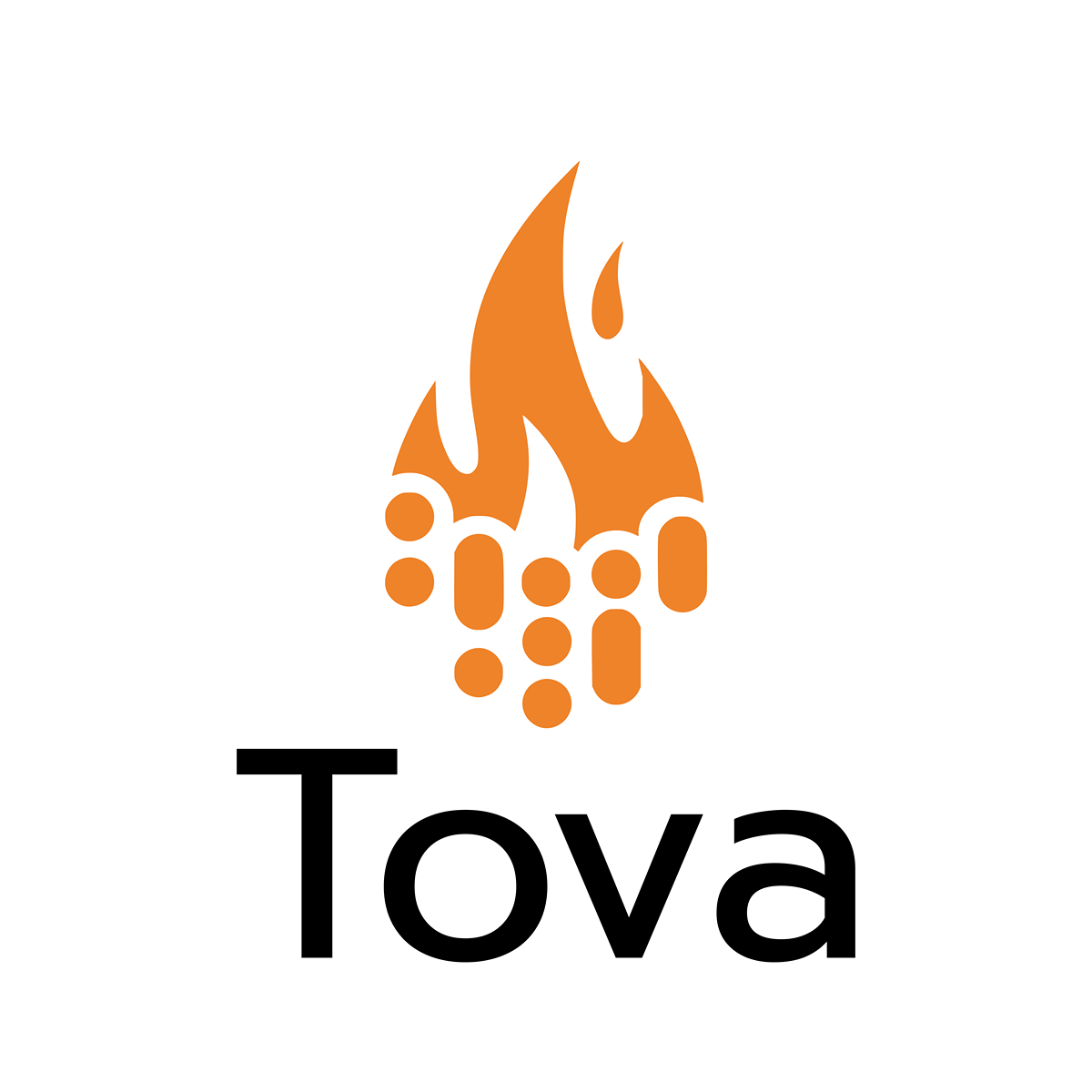The Most Efficient Methods for Heating a Sauna: A Comprehensive Guide
Saunas have been a cornerstone of wellness for centuries, offering benefits like improved circulation, stress relief, and detoxification. But with rising energy costs and environmental concerns, efficiency is key to enjoying these perks sustainably. In this guide, we'll explore the most efficient sauna heating methods—focusing on energy use, cost, environmental impact, and user experience—drawing from expert sources and studies. While options like wood-burning and electric heaters dominate, emerging innovations like pellet stoves are proving to be a standout for balancing efficiency, authenticity, and eco-friendliness.
Understanding Sauna Heating Efficiency
Efficiency in sauna heating refers to how effectively a system converts fuel or energy into heat while minimizing waste. Key metrics include thermal efficiency (percentage of energy converted to heat), heat-up time, operational costs, and emissions. According to the U.S. Department of Energy, efficient heaters should aim for 70-90% thermal efficiency to reduce energy consumption. Saunas typically require 6-10 kW output for consistent temperatures (160-200°F), with humid steam (löyly) being essential for traditional experiences.
Now, let's compare the top methods based on data from sources like the EPA and sauna industry reports.
1. Wood-Burning Stoves: Traditional but Variable Efficiency
Wood stoves are the "gold standard" for authenticity, providing radiant heat and that crackling ambiance. They can reach 60-80% efficiency with modern designs (e.g., EPA-certified models reducing emissions by 75%). Heat-up time is 30-60 minutes, and costs are low if wood is sourced locally ($0.10-0.20/kWh equivalent).
However, efficiency varies with wood quality and user skill—poor burning can drop to 50%, with higher particulate emissions (up to 4g/hour vs. modern limits of 2g/hour). Maintenance (ash cleanup, chimney sweeping) and manual fueling make them less ideal for frequent use. Brands like Harvia lead here, but they're not the most efficient for eco-focused users.
2. Electric Heaters: Convenient and Consistent, but Energy-Intensive
Electric sauna heaters offer plug-and-play simplicity, with 90-100% efficiency at converting electricity to heat (no combustion waste). Heat-up is fast (15-30 minutes), and they're low-maintenance with precise controls. Operating costs average $0.20-0.50/kWh, depending on local rates.
Drawbacks include high electricity use (especially in cold climates) and lack of "real fire" ambiance. While clean (no direct emissions), they rely on grid power, which may not be renewable—contributing to indirect CO2 if sourced from fossils. Studies from the Finnish Sauna Society note they're efficient for urban settings but less sustainable long-term.
3. Infrared Heaters: Low-Temp Efficiency for Gentle Heat
Infrared heaters use radiant waves for "dry" saunas at lower temps (120-140°F), achieving 95-99% efficiency with minimal energy loss. Heat-up is quick (10-20 minutes), and costs are low ($0.10-0.30/kWh) due to targeted heating. Health claims include deeper sweat for detox, supported by Mayo Clinic reviews.
Limitations: They lack traditional steam/humidity, feeling less "sauna-like" to purists, and efficiency drops in larger spaces. Not ideal for high-heat enthusiasts.
4. Gas Heaters: Fast but Fossil-Fuel Dependent
Gas (propane/natural) heaters offer 80-90% efficiency, with rapid heat-up (10-20 minutes) and steady output. Costs are moderate ($0.15-0.40/kWh), and they're reliable for outdoor saunas.
Cons: Higher emissions (CO2 and potential leaks) make them less eco-friendly, per EPA guidelines, and fuel supply adds logistics. Less common in residential saunas due to venting needs.
Why Pellet Stoves Emerge as the Most Efficient Overall
Among these, pellet-fired stoves stand out for saunas, combining high efficiency (85-95% thermal rate) with renewable fuel (biomass pellets from sawdust, carbon-neutral when sustainably sourced). Automated feeding minimizes waste, heat-up takes 20-40 minutes, and costs are low ($0.10-0.25/kWh). Emissions are 70-80% lower than wood, per DOE studies, making them ideal for eco-saunas.
Pellets provide "real fire" ambiance with less ash (1% volume) and consistent steam via integrated stones. While electricity-dependent for ignition/fans, modern models (like Tova's concepts) integrate smart controls for optimization. Market data shows pellet heating growing at 5.56% CAGR, positioning it as a future leader for efficient saunas.
Conclusion: Pellet Stoves for Optimal Efficiency
For the most efficient sauna heating—balancing energy use, costs, and sustainability—pellet heaters win, especially as incentives like tax credits (pre-OBBBA cutoff) boost adoption. At Tova, we're innovating in this space—sign up for updates on our launches!
What’s your preferred sauna heating method?
